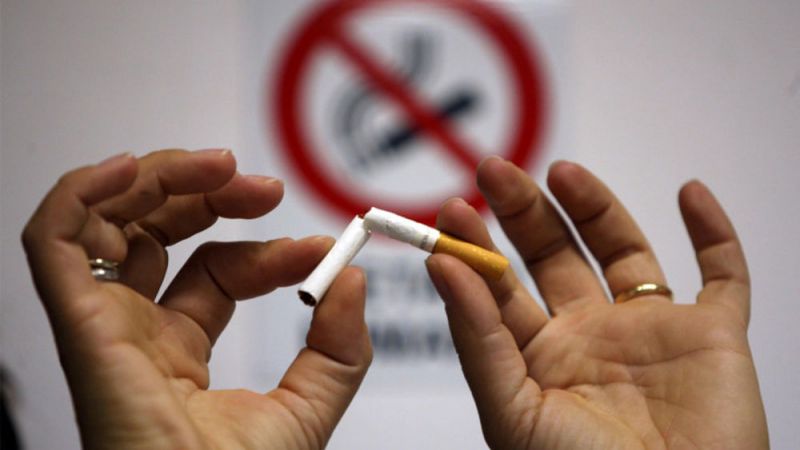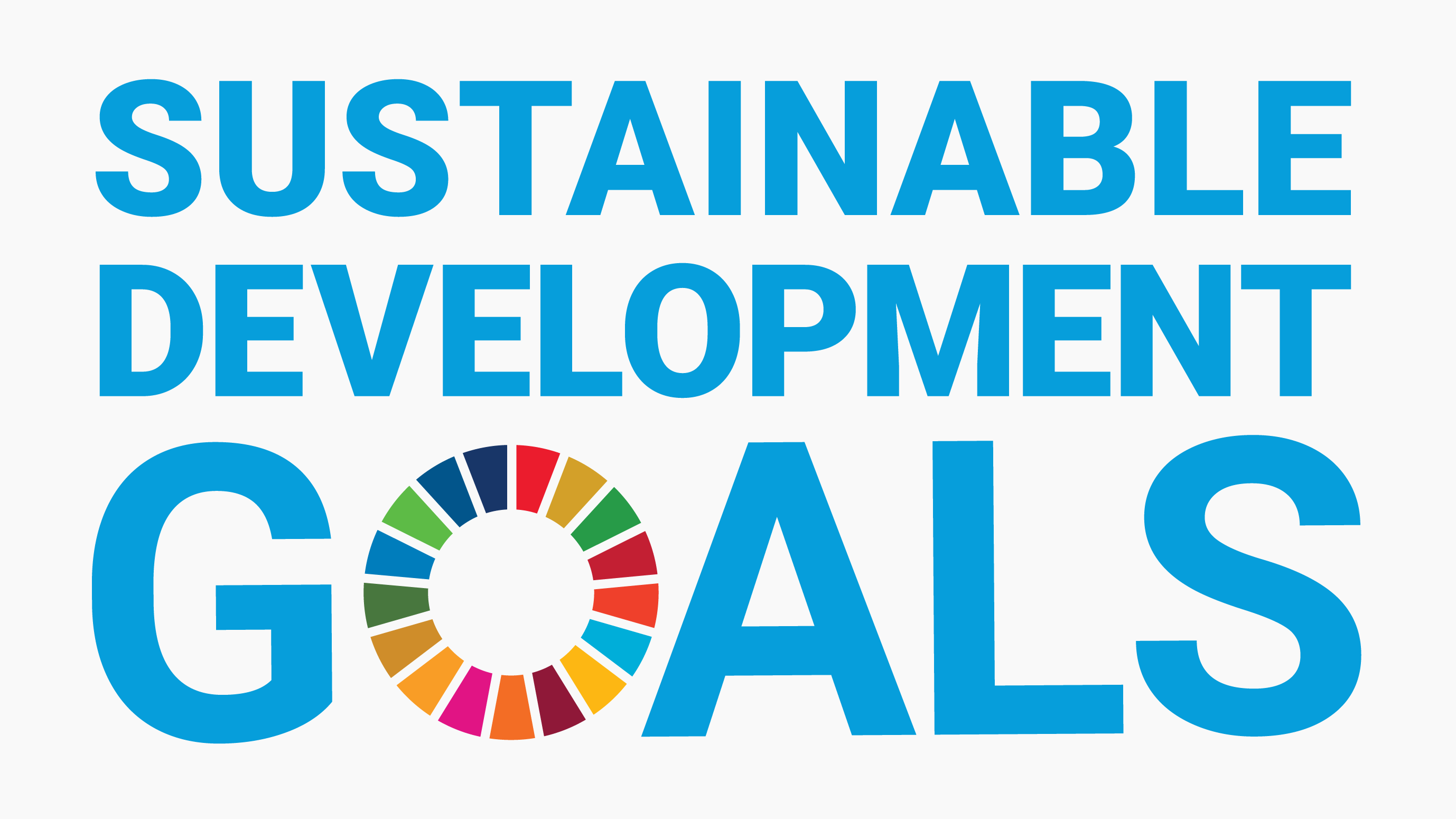Comparative analysis and insights of policies to ban smoking in many countries

Since the WHO Framework Convention on Tobacco Control entered into force, a total of 180 countries worldwide have implemented the Convention. The ability to achieve broad social consensus on a single issue in a short period of time is unparalleled in human history. Social systems differ and development stages vary, but efforts to control tobacco are the same.
Since the entry into force of the Convention, States Parties have actively developed various tobacco control policies and increased tobacco control efforts. Tobacco control is covering an increasing number of people. The global adult smoking rate has decreased from 23% in 2007 to 21% in 2017, with men decreasing from 38% to 36% and women decreasing from 8% to 7%. Whether in high-income countries, middle-income countries or low-income countries, the population smoking rate is decreasing, and global tobacco control has achieved initial results.
In recent years, as more and more people are aware of the research findings that second-hand smoke is more harmful than first-hand smoke, and that the smoke caused by smokers is more harmful to the people around them than to the smokers, many countries have passed different forms of laws to ban indoor smoking. Among them is Bhutan, which completely bans the purchase and smoking of tobacco. In the United States, some states have regional anti-smoking laws, and Ireland and Scotland have banned smoking in public places. On February 1, 2007, France officially launched a ban on smoking in public places, including the workplaces of businesses and administrative units, as well as commercial centers, schools, medical institutions, theaters, train stations, airports, and public transportation. The European Union has explained that it is legal for companies to refuse to hire smokers; many U.S. companies have also publicly refused to hire smokers.
The ultimate goal of socio-economic development is to improve people's living standards and make them live healthier, longer and happier lives. As the biggest cause of many diseases and deaths, tobacco, from the perspective of maintaining the health and well-being of citizens, should take legislative measures, a total ban on smoking in indoor workplaces, a total ban on tobacco advertising sales and sponsorship, the use of media and publicity on the dangers of smoking, putting a “ban” graphic health warnings on cigarette packs, the provision of smoking cessation services to help smokers who want to quit smoking. The most important thing is to use a variety of measures, including taxes and prices, to intervene and tighten control. Without comprehensive smoke-free, it is difficult to achieve the health of all people. We will continue to follow up on the effectiveness of the world's smoking ban and look forward to the arrival of a smoke-free world.
About Us
Institute of International Exchange is an international non-governmental and non-profit organization. We hope to build an equal and friendly platform for exchanges and cooperation around the world.
© 2023 Institute of International Exchange




